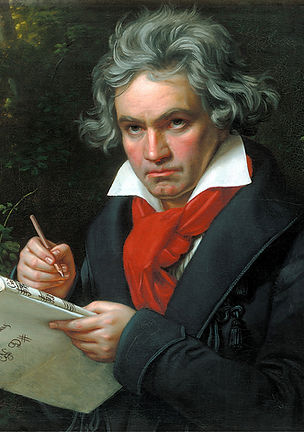
Musical Links Investigation
Links between Classical Music And Modal Jazz Using Examples.
By Anupama Rijhwani
Ludwig van Beethoven was a German composer and pianist. A crucial figure in the transition between the Classical and Romantic eras in Western art music, he remains one of the most famous and influential of all composers.
His compositions are numerous including symphonies, piano concertos, string quartets, and more. Missa Solemnis is one of his latest works, written and performed just a few years before his death. In D major, this work was composed from 1819 to 1823. It was first performed on 7 April 1824 in St. Petersburg, Russia. It is one of his most celebrated choral works. The Mass is scored for 2 flutes; 2oboes, 2 clarinets (in A, C, and B♭); 2 bassoons; contrabassoon; 4 horns (in D, E♭, B♭ basso, E, and G); 2 trumpets (D, B♭, and C); alto, tenor, and bass trombone; timpani; organ continuo; strings (violins I and II, violas, cellos, and basses); soprano, alto, tenor, and basssoloists; and mixed choir(1).
The Credo movement of this choral work is regarded as one of the most remarkable movements that Beethoven has written. It has effective modulations and rushes through the text, often giving a disorienting sense. It has poignant modal harmonies and makes use of a homophonic texture. These characteristics will be investigated further in the links section of the website, comparing it to jazz music.

Ludwig Van Beethoven
1. Drabkin. William. Beethoven: Missa Solemnis (Cambridge Music Handbooks). England: Cambridge University Press, 1991